Drip irrigation or soaker hose?
vuwugarden
13 years ago
Featured Answer
Sort by:Oldest
Comments (28)
jacqueline9CA
13 years agolast modified: 9 years agoanntn6b
13 years agolast modified: 9 years agoRelated Discussions
Mulch
Comments (6)Lots of 'favorite mulch' discussions here and even more over on the Soil & Mulch forum. Several contain long lists of things to use for mulching and plastic/landscape fabric isn't very high on the list. While plastic mulches can work ok on some crops it's is only on specific crops (like melons) and in the northern zones where soil warming is required. And once full summer arrives it can cook the plant roots unless removed or covered. I agree with lacey that you must have been mowing grass that had gone to seed or a lawn with lots of weeds that had gone to seed. Pretty hard to get seeds from grass clippings otherwise. Straw, chopped or not, is often touted as the perfect mulch with old hay and compost close seconds. Other good alternatives are leaf mold or shredded leaves, cardboard, newspaper (shredded or multiple layers), pine straw, etc. but regardless of what it used it has to be applied thickly to work and to remain in place. All of those have the added benefits of soil improvement. Plastic doesn't contribute anything to the soil. Dave...See MoreIrrigation setup
Comments (40)Dale, Your setup looks great. You can come work on mine anytime you like! How many square feet is that? Did you figure out how many emitters you can run at one time? I have about 3200 sq ft and can run that all at once though I like to keep some off sometimes (the reason for the valves on each line). I'm planning to expand to 4800 or even 6400 next year to plant some corn, and a few other veggies. I'll definitely need to run that area at a different time because of the limitiations of a 3/4" line. I'm thinking about trying dripline with integrated emitters for that area. Rick...See Moredrip irrigation or soaker hoses?
Comments (4)I agree with both of them. I use both misters and drip and find them very easy to use and change around as needed. Not only do the soaker hoses tend to clog for me but they also break and spring leaks. Maybe from the heat. In the spring both Lowes and Home Depot will have most of what you need also. Melissa...See MoreNew Conifer Lover - New Property - Long
Comments (19)Sorry about that - thought you might want to play the guessing game. They are, in order: Picea omorika 'Pendula Bruns' (from ACS) Picea orientalis 'Tom Thumb' (ACS) Larix k. 'Diane' Pinus t. 'Thunderhead' Juniperus h. 'Prince of Wales' on standard (bought locally) Cedrus d. 'Karl Fuchs' Pinus f. 'Glauca Reflexa' Metasequoia g. 'Miss Grace' Pinus s. 'Pendula' Cham. l. 'Snow Queen' Cedrus a. 'Glauca Pendula' Cham. o. 'Kerdalo' Tsuga c. 'Gentsch White' Tsuga c. 'Curly' Abies procera 'Glauca' Cedrus d. 'Klondike' Thujopsis dolobrata 'Nana' 6 Taxodium distichum This was the first year for mail order for me, and I was amazed at how good they looked when they arrived. I received 2 other deodora cedars (Devinely Blue & Gold Cascade) that lost all their needles shortly after arrival and I'm trying to nurse them back. All in all, the mail order from several suppliers has been a very good experience and a lot of fun receiving the packages. Thanks to all the Enablers!! Kim...See MoreUser
13 years agolast modified: 9 years agocweathersby
13 years agolast modified: 9 years agovuwugarden
13 years agolast modified: 9 years agocatsrose
13 years agolast modified: 9 years agogreybird
13 years agolast modified: 9 years agopoodlepup
13 years agolast modified: 9 years agobuford
13 years agolast modified: 9 years agowilo
13 years agolast modified: 9 years agovuwugarden
13 years agolast modified: 9 years agosaldut
13 years agolast modified: 9 years agosherryocala
13 years agolast modified: 9 years agohenry_kuska
13 years agolast modified: 9 years agoceterum
13 years agolast modified: 9 years agolagomorphmom
13 years agolast modified: 9 years agolagomorphmom
13 years agolast modified: 9 years agohoovb zone 9 sunset 23
13 years agolast modified: 9 years agovuwugarden
13 years agolast modified: 9 years agocweathersby
13 years agolast modified: 9 years agocweathersby
13 years agolast modified: 9 years agojsnyd23
13 years agolast modified: 9 years agorosefolly
13 years agolast modified: 9 years agoazmutabilis
13 years agolast modified: 9 years agohenry_kuska
13 years agolast modified: 9 years agocactusjoe1
13 years agolast modified: 9 years agoluxrosa
13 years agolast modified: 9 years ago
Related Stories

GARDENING GUIDESHow to Install a Drip Irrigation System
Save time and water with a drip watering system in your vegetable garden — a little patience now will pay off later
Full Story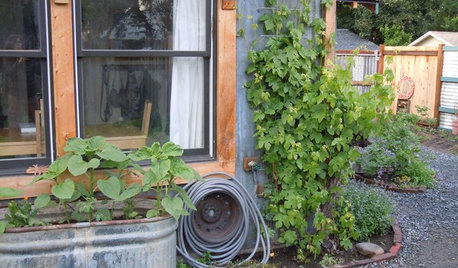
GARDENING GUIDESEdible Gardening Essentials: Tips for Traditional Hand Watering
Save the expense and hassle of a complicated garden system with a simple watering can or inexpensive hose add-ons
Full Story
GREEN BUILDINGHow to Harvest Rainwater for Your Garden
Conserve a vital resource and save money by collecting stormwater for irrigation in a barrel or tank
Full Story
SAVING WATER6 Reasons Why You Should Save Your Rainwater Now
Collect and store during the rainy season so you’ll have water ready for irrigation when you need it
Full Story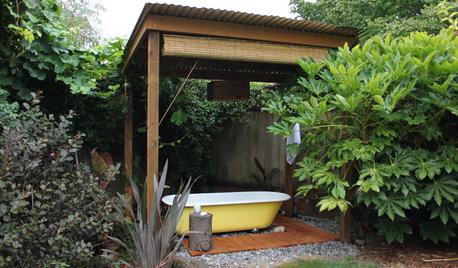
GARDENING AND LANDSCAPINGWhy Is There a Bathtub in the Backyard?
Nope, it's not waiting for bulk trash pickup. These days outdoor tubs are serving soakers, beer drinkers and even the fishes
Full Story
EARTH DAYGrow a Beautiful Garden With Ecofriendly Greywater
Reducing home water waste means lower bills and a healthier planet. Here's how to set up a greywater home irrigation system that can help
Full Story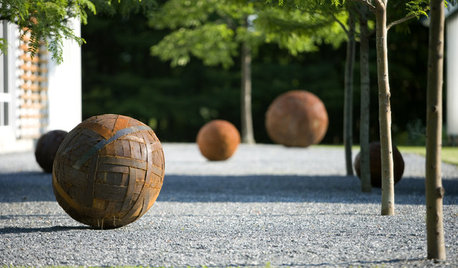
LANDSCAPE DESIGNWhat Kind of Gardener Are You? Find Your Archetype
Pick from our descriptions to create a garden that matches your personality and tells your story
Full Story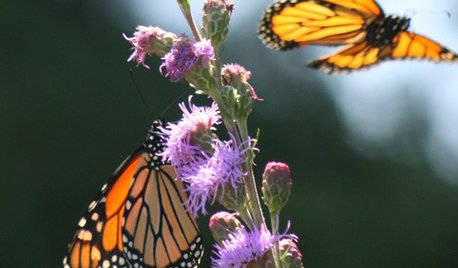
GARDENING GUIDESCentral Plains Gardener's July Checklist
Can you believe there are only 2 important garden tasks this month? Find out what they are here
Full Story
GARDENING GUIDES7 Ecofriendly Gardening Ideas That Also Cut Chore Time
Spend less time weeding, less money watering and more moments just sitting back and enjoying your healthy garden
Full Story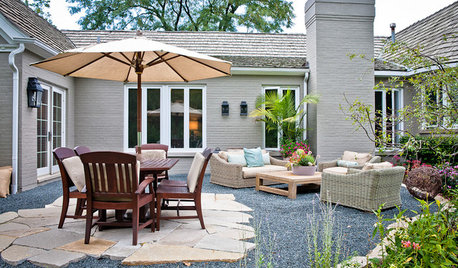
MONTHLY HOME CHECKLISTSTo-Dos: Your June Home Checklist
Get your house ready for summer with a mix of maintenance musts and breezy room refreshes
Full Story






berndoodle